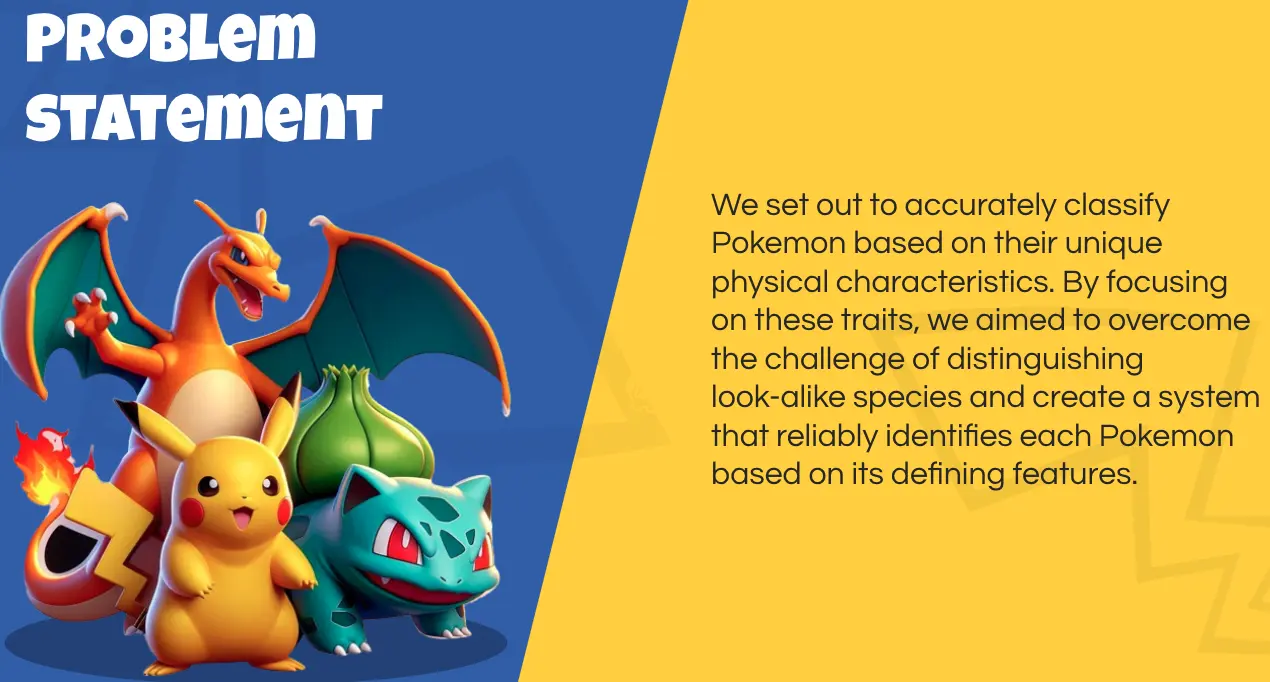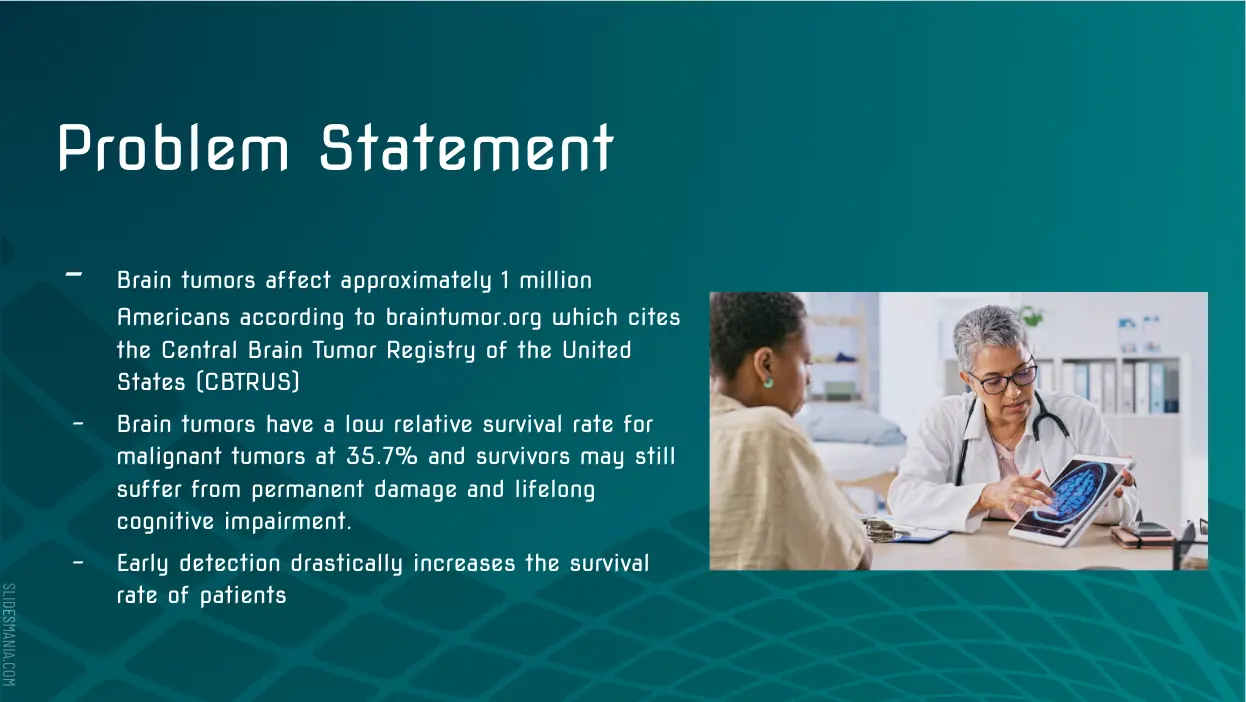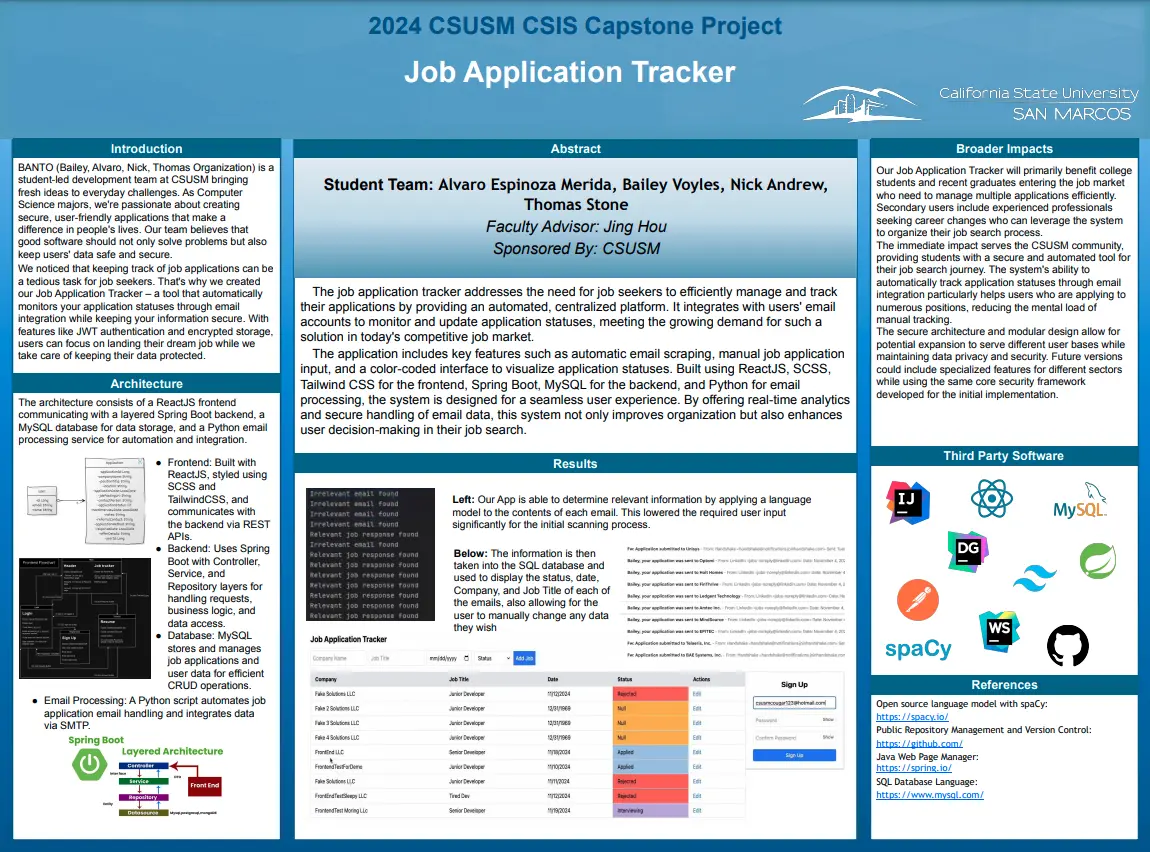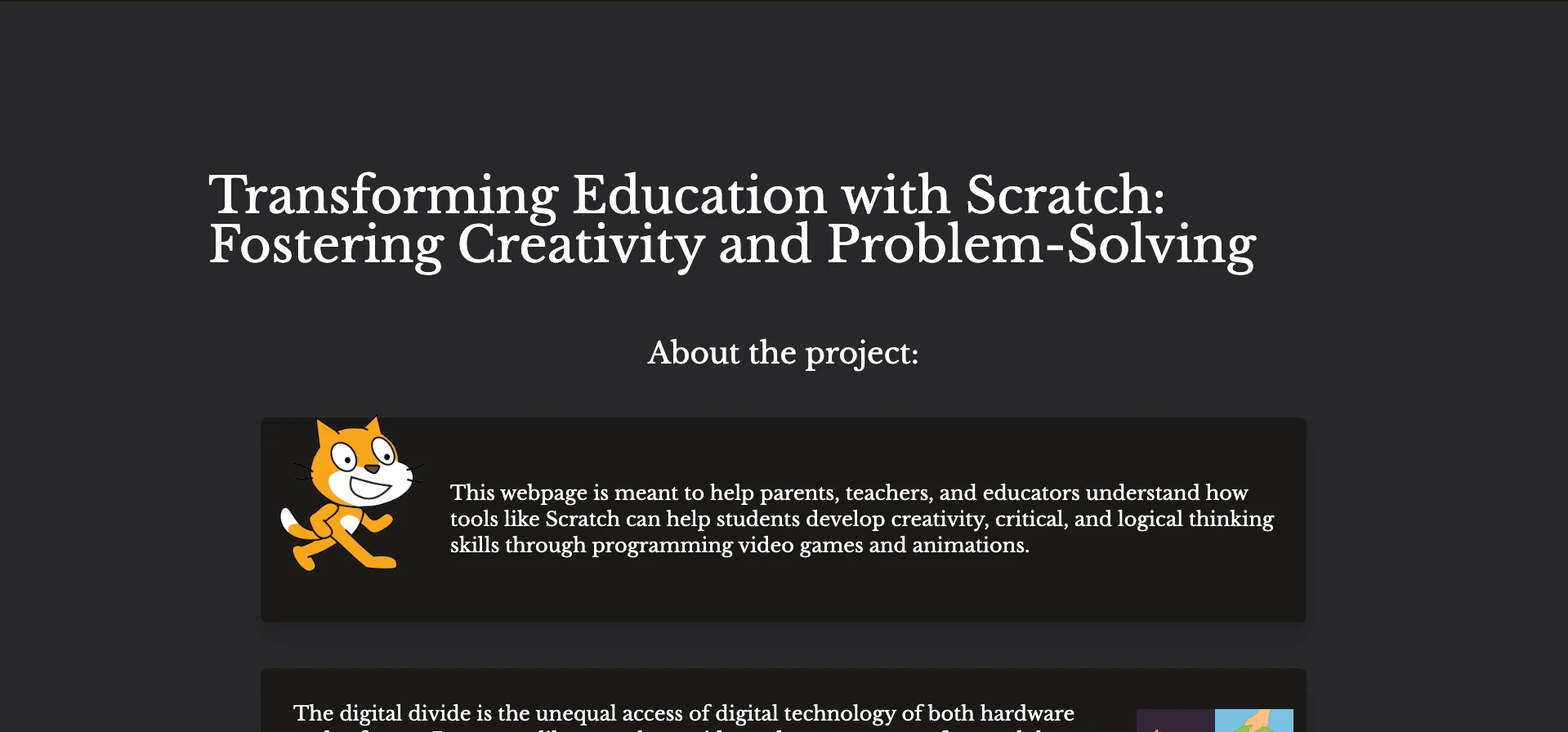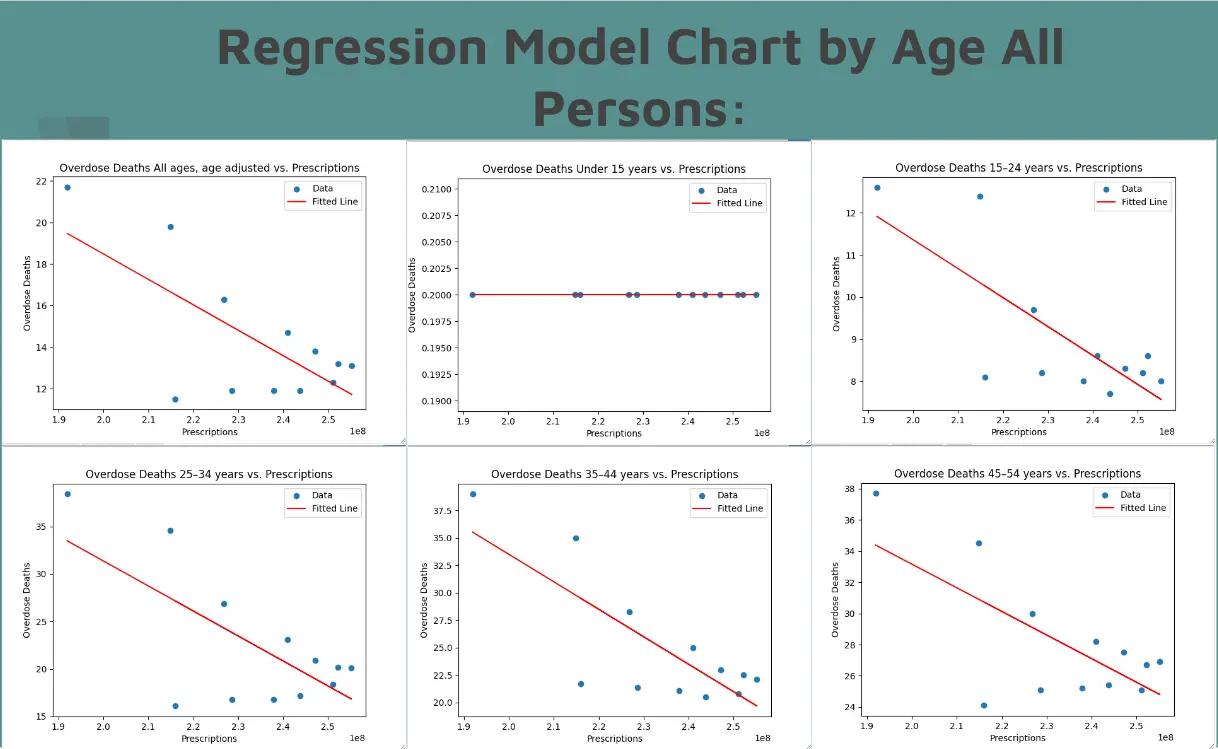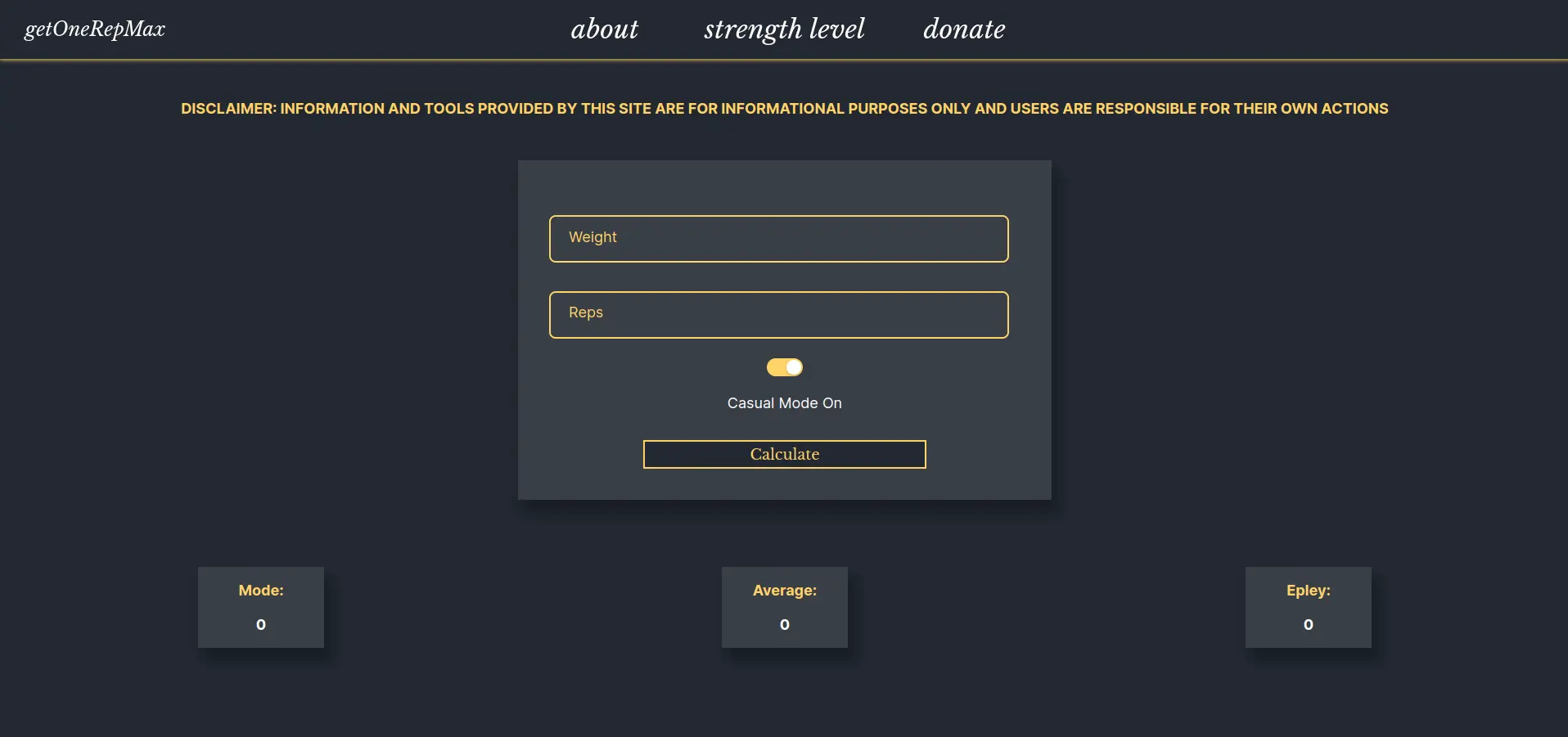Projects & Research
CS 471 Intro to AI: Who's that pokemon?
For our final project we wanted to work on a computer vision problem which would sufficiently challenge us on the fundamentals learned throughout Intro to Artificial Intelligence. Our initial exploration across the many datasets on Kaggle led to our discovery of the 7,000 Labeled Pokemon dataset. For this project, we created three different models: a rule-based one, another support vector machine, and finally a conventional neural network.
Links:
CS 478 Intro to Deep Learning: Brain Tumor MRI
The goal of our project is to create a model that is capable of classifying 3 different types of brain tumors based on MRI scans of a patient.
For this project we created six different models on the two orignal datasets highlighted in the original paper. The paper used VGG16 transfer learning for a binary classification(normal/abnormal), in our recreation we created a MobileNetV3 model for binary classification. For the multi class classification problem described in the original paper for classifying glioma, meningioma, pituitary cancers and no tumor; we created an Xception, Resnet50V2, Vision Transformer, and VGG16 and recreated the original paper's 23 CNN model and compared all the model's performance for our final report.
Links:
CS 490 Capstone Project: Job Application Tracker
This senior capstone project was developed with Java Spring,Python, React JS, Vite, SCSS and Tailwind.
The job application tracker addresses the need for job seekers to efficiently manage and track their applications by providing an automated, centralized platform. It integrates with users' email accounts to monitor and update application statuses, meeting the growing demand for such a solution in today's competitive job market.
Links:
CS 452 Intro to Computer Security: Securing a full-stack application
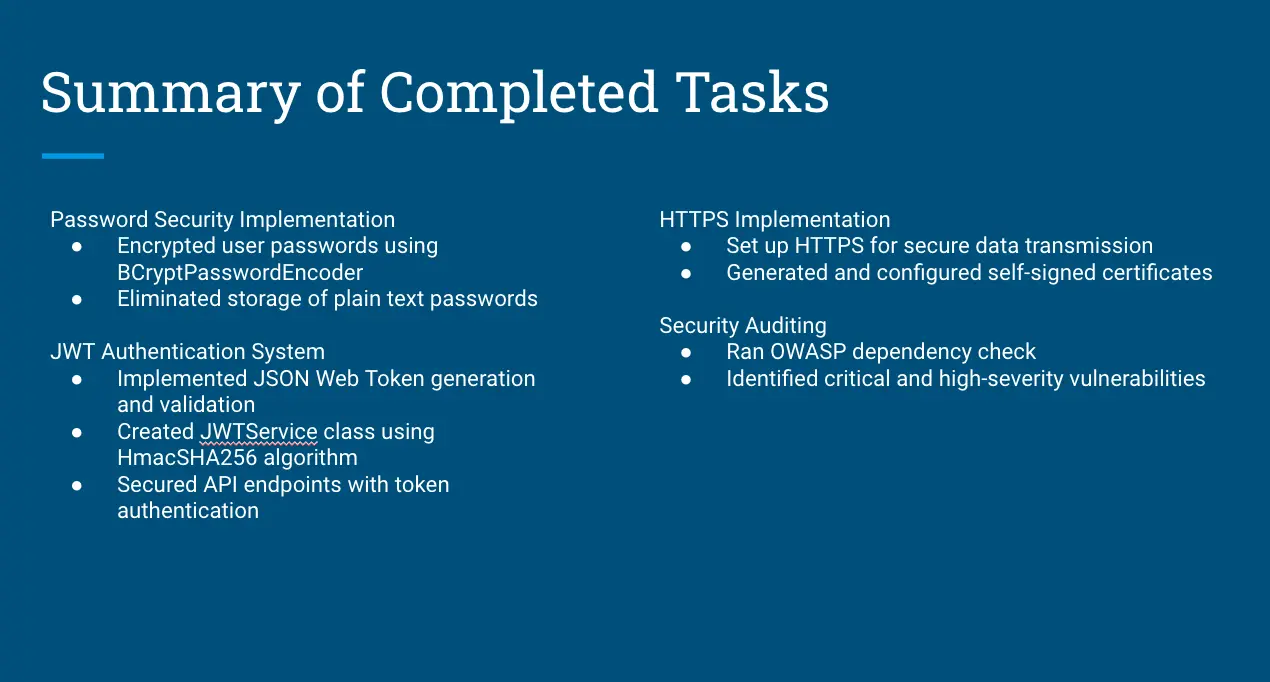
In our capstone project, our group created a job application tracker. The primary purpose of this application was to help users keep track of the applications that they had applied for and help them automate the process of keeping track of their applications. Since our group for this security class was already the same as the group for our capstone project, we decided to pursue a project that had us secure our application. This application was implemented using Java Spring boot, ReactJS, Vite, and TailwindScss. On the security side of our application, we first secured users’ passwords by making sure they were encrypted, created JWT tokens for authenticating users, and updated our backend so that users could only access sensitive information with proper passwords and tokens, we then implemented HTTPS into our application to secure data in transit, and finally we ran our backend and frontend of our application through security auditing tools to see current security vulnerabilities of our application we used tools like OWASP dependency check, and finally we attempted to fix these security vulnerabilities.
Links:
LBST 300 An Intro to Critical Education : About Scratch
This webpage is meant to help parents, teachers, and educators understand how tools like Scratch can help students develop creativity, critical, and logical thinking skills through programming video games and animations.
Links:
CSIT 123 Intro to Data Analytics: Exploring the Link Between Opioid Prescriptions and Overdose Deaths
This project observed the relationship between the number of overdose deaths in the United States and different categorical groups divided out by age, sex and race through the regression model.
Links:
One Rep Max Calculator
This simple one-repetition maximum (1-RM) calculator uses several formulas to give users a good estimate of their 1-RM for a particular exercise. The formulas generally give the user the same result but diverge after ten reps as shown with the graph below. When measuring your 1-RM, it is considered best to use a weight you can perform for less than ten reps, as all of these formulas diverge after ten reps, as shown below.
Links:
senpaiiiart Portfolio Website
This project is a sleek and modern portfolio website for a tattoo parlor, designed to showcase the unique style of the tattoo artist. The frontend is implemented using React, Tailwind CSS, and SCSS, offering a responsive and visually appealing user experience across all devices.
On the backend, the website is powered by Java Micronaut, ensuring fast and efficient processing of requests. It uses Amazon Web Services (AWS), including S3 Buckets for secure image storage, Lambda Functions for serverless computing, and API Gateway for robust API management.
The entire application is deployed through Netlify, ensuring seamless and continuous integration and delivery, making the site highly reliable and scalable.
Links:
